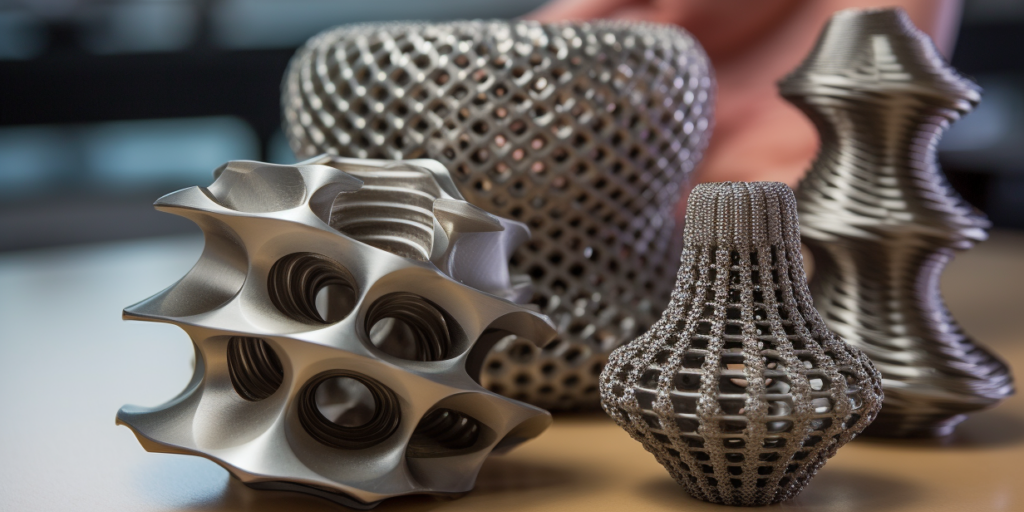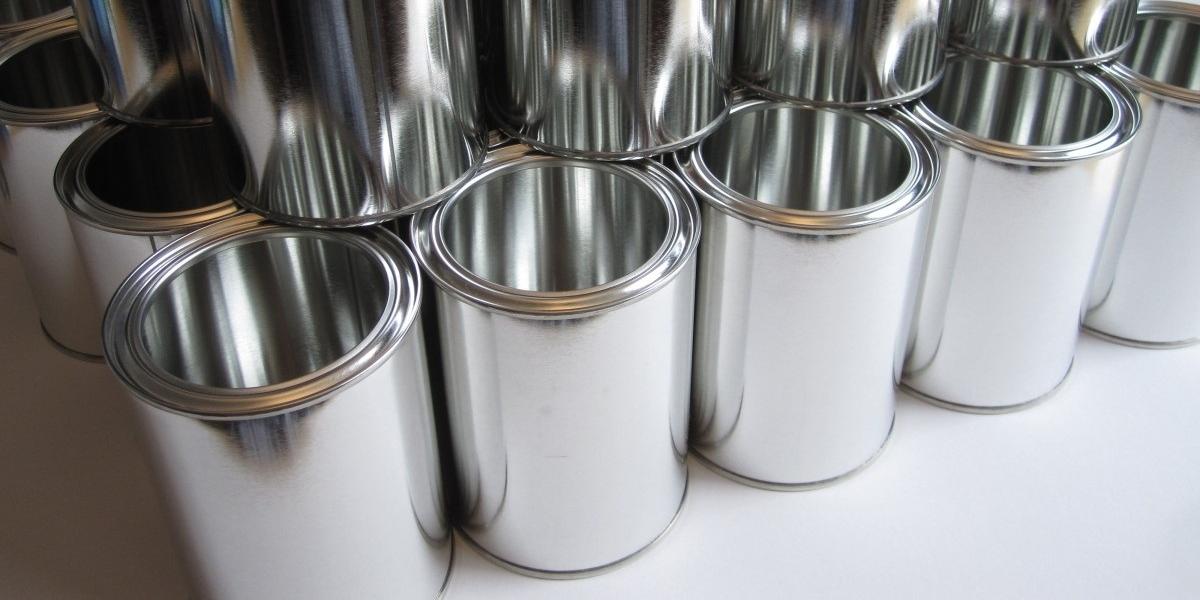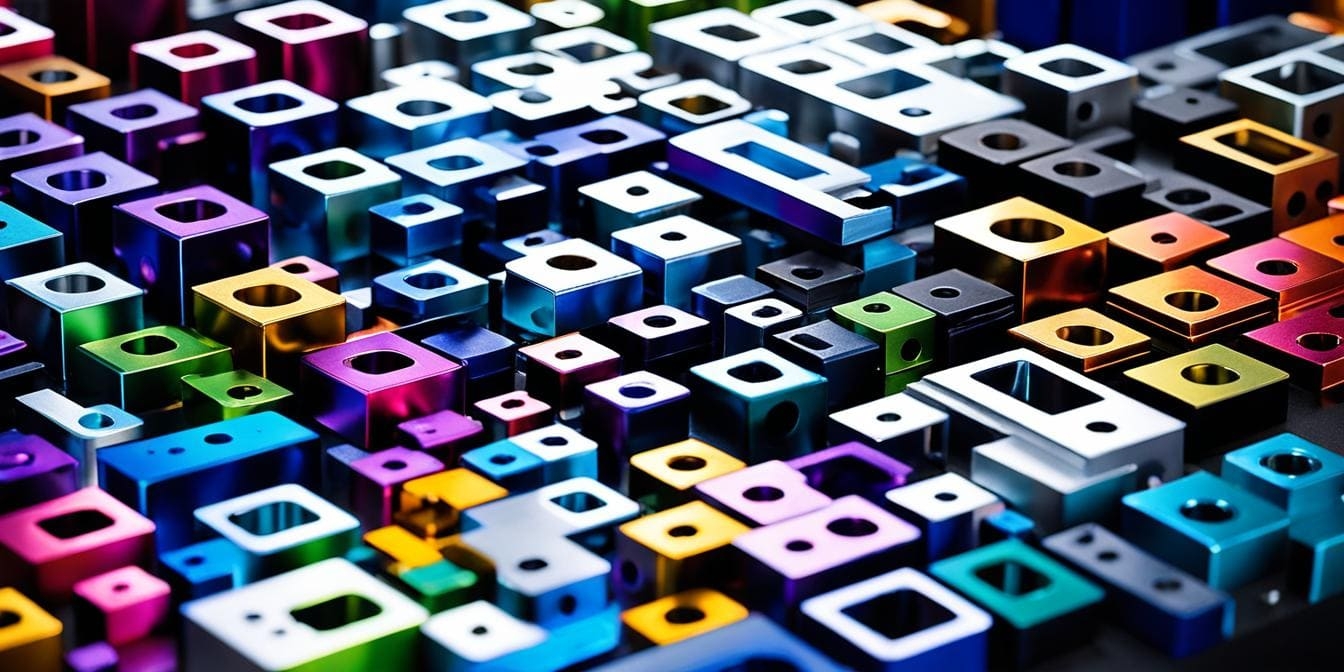CNC turning process is well known as the outstanding representative of the CNC machine family and many people believe that turning is a cornerstone of modern manufacturing.
But what is CNC turning? Why shall we choose it to make the parts we want? When shall we embrace or step away from it? What role does it play in different industry fields?
Please sit tight and fasten your seat belts. Discovering the secrets of CNC machining will be an unforgettable journey.
What is CNC turning?
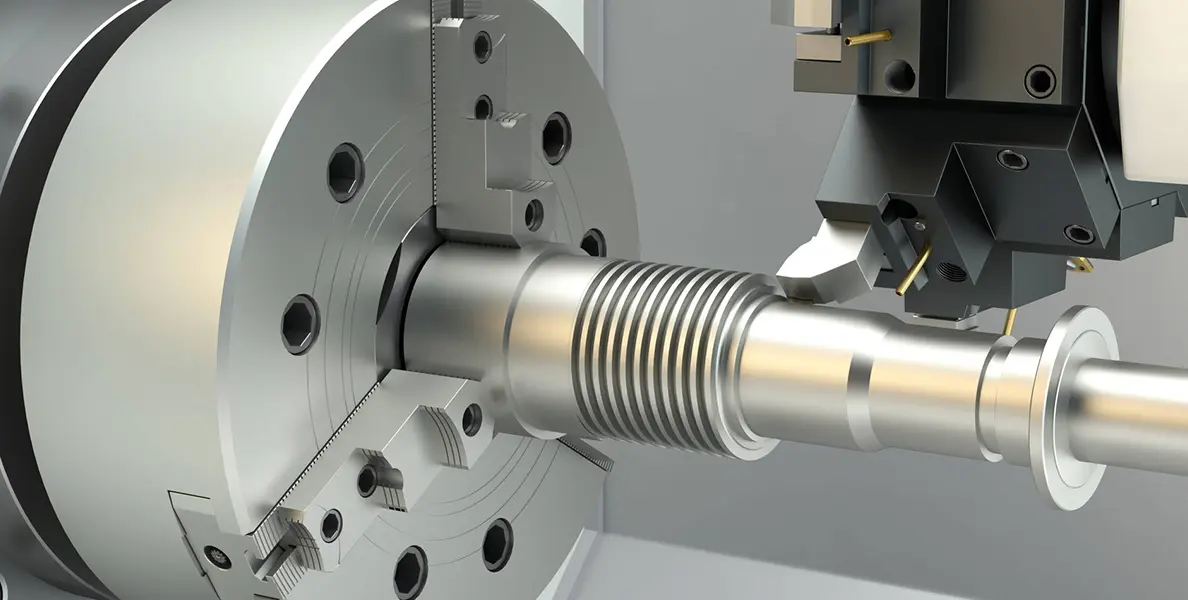
Let’s get CNC turning. explained
The CNC turning is a subtractive manufacturing process that uses a cutting tool to remove material from a workpiece spinning on a lathe.
To break it down a bit further, turning is a CNC machining process in which a computer program controls the movement of the cutting or turning work tool along the workpiece, especially for those cylindrical parts.
Turning services are often used in many different areas, especially those fields that require high turning speed speeds to achieve a high standard of precision.
Brief development history
The history of numerical control can be dated back to the late 1940s, an era when computers were just being invented, and turning was one of its core functions since then.
With the invention of computer-aided design (CAD) and computer-aided manufacturing (CAM) systems in the 1970s, turning became more precise and efficient. Today, modern CNC turning services are equipped with advanced software and hardware that build parts with high-quality and complex shapes.
Different types of CNC turning
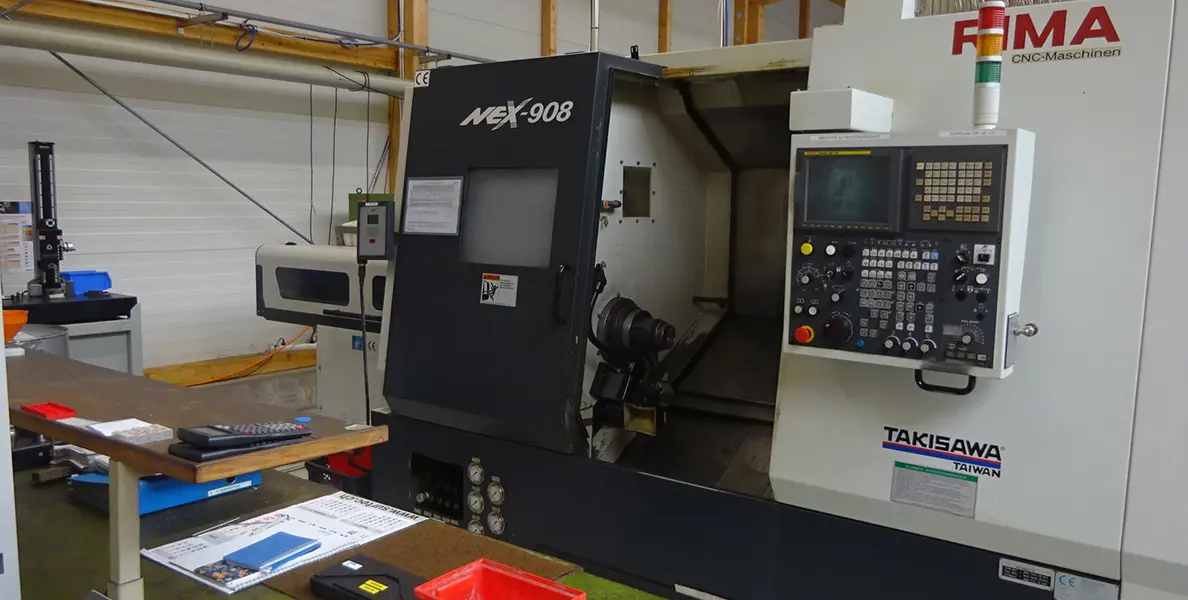
The range of CNC turning is wide, and you can distinguish them with different orientations.
But before I start, I need to clarify that there’s no absolute superiority or inferiority between them, whether CNC lathes turning centers, or any other different turning process or equipment has its advantage interval.
Difference between turning lathe and turning center
A CNC lathe machine is a type of machine that rotates the workpiece on its axis to perform various operations such as cutting, drilling, and sanding.
On the other hand, a turning center is a more advanced version of a lathe that can perform additional processes like milling and drilling in addition to turning operations.
Two main types of CNC turning centers
Turning centers can be divided into two orientations widely used in CNC: horizontal turning center and vertical turning center.
Horizontal CNC turning centers have the spindle mounted horizontally, commonly used for machining long, cylindrical components. Vertical CNC turning centers have the spindle mounted vertically, ideal for producing complex and large-diameterincluding parts.
Different turning operations
There are many different CNC turning operations, but not limited to straight turning, grooving, threading, knurling, parting, and taper turning. Taper turning is the most common operation and plays a significant role in CNC turning for its versatility in dealing with complicated processes.
Why choose it? What are the benefits of CNC turning?
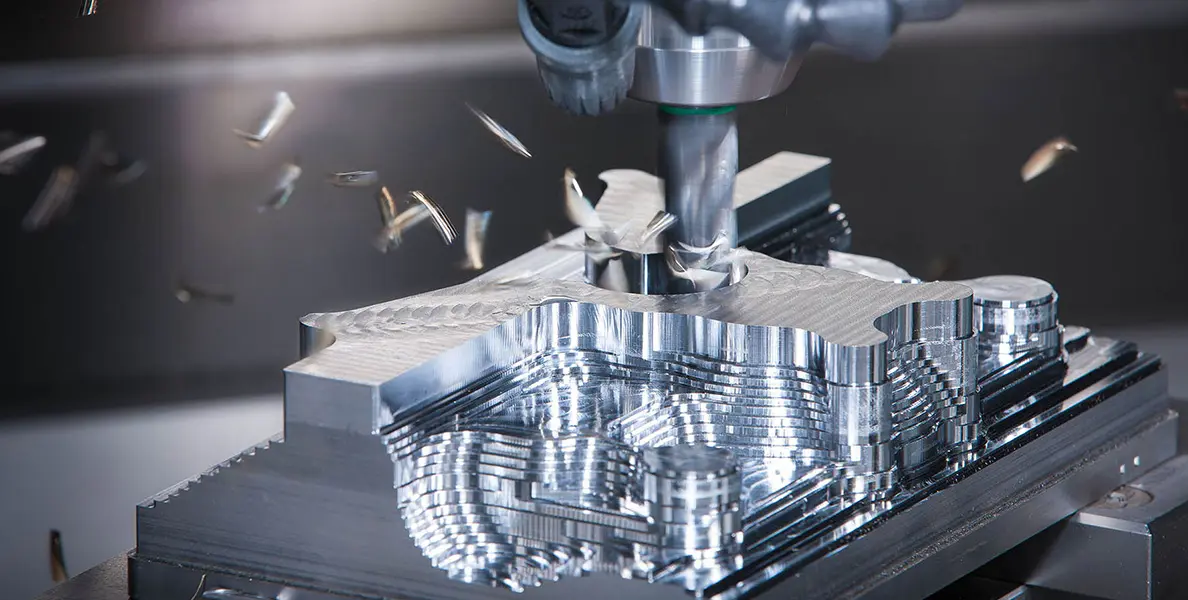
Okay, I believe our esteemed readers already have a basic understanding of CNC turning. But the range of CNC technologies is wide and there are so many different CNC machines, which include but are not limited to CNC milling drilling, and threading…
If I were a factory manager or machine operator, what advantages of CNC turning would attract me? Is there any magic hidden behind it?
Well… it does.
Increase productivity and efficiency.
Turning allows for precise and intricate designs to be achieved in a shorter time. The automated nature of turning also reduces the likelihood of errors, further improving efficiency.
By embracing turning technology, companies can streamline their production processes and deliver high-quality products at a faster pace.
Splendid in producing complex shapes and designs
Turning offers designers the freedom to create intricate and customized components to meet a specific need.
Whether it’s creating intricate patterns or precise geometrical shapes, using different types of CNC machines can produce a wide range of designs with ease. The high level of accuracy and repeatability ensures that each piece meets the exact specifications required.
Cost-effectiveness in high-volume production
By utilizing turning, manufacturers can produce mass quantities of parts quickly and efficiently, leading to lower costs per unit and improving the overall quality of the parts produced.
This combination of speed, accuracy, and efficiency makes turning a cost-effective solution for companies looking to scale up their production and reduce costs in the long run.
What are turning‘s limitations? When to use it?
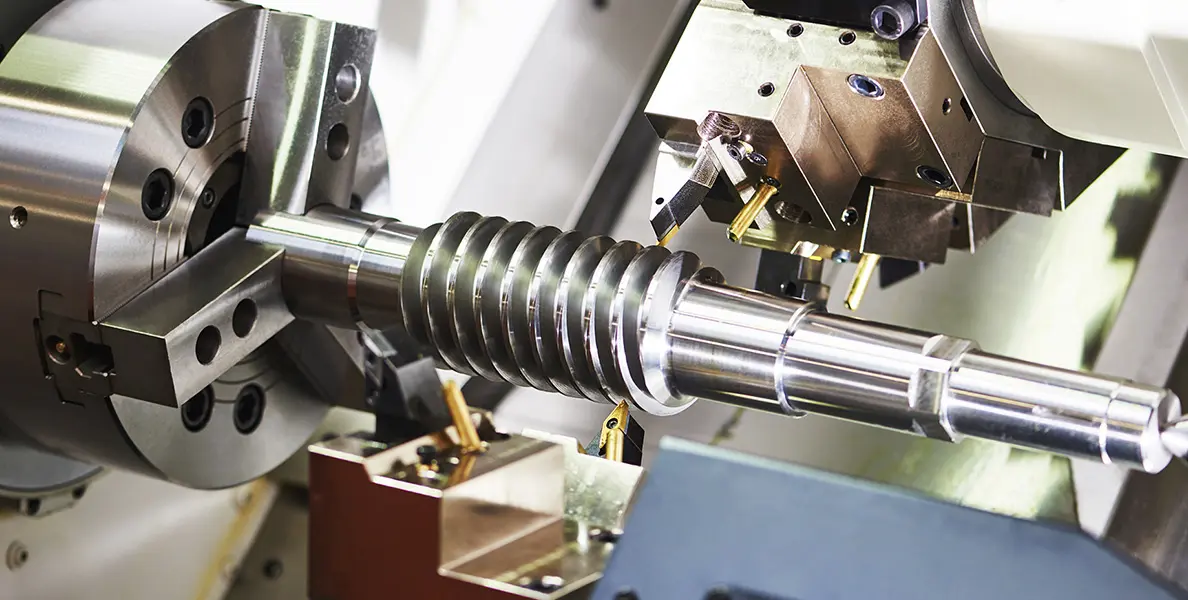
As the old saying one is perfect, and no gold is pure’ goes, there is no processing method in the world that is truly perfect and can adequately cover all production and manufacturing needs. Turning also has its limitations and unsuitable production scenarios.
The initial setup cost is too high!
High initial setup costs can be a significant barrier to turning production. The initial setup cost includes not only the purchase of the machine itself but also the costs associated with preliminary preparation and training.
This can be especially challenging for small businesses or startups…since they may not have the initial funding to cover these expenses.
Not a good choice in small batch production!
The technical barriers and set-up costs associated with turning machines limited the flexibility of small-batch production. Companies may struggle to justify the expense of investing in equipment specifically tailored to smaller runs of products.
In a nutshell… you better not use a butcher knife to kill a chicken.
High Maintenance and programming requirements!
Maintenance and repair play a crucial role in keeping turning machines running smoothly. Regular inspection and upkeep are necessary to prevent breakdowns and ensure optimal performance, which includes checking for signs of wear, cleaning, and lubricating components as needed… This can easily become a bottomless pit.
Additionally, program updates and modifications are often required to adapt to changing production needs or improve efficiency.
How can we use turning in the industry? What roles does it play in these fields?
Tech needs to be put into practice to become the real progress. Now you already understand turning’s principle, pros, and cons. Now, I’m gonna show you what fantastic chemical reactions will happen when you combine it with some specific industrial field.
In Automotive industry
Turning plays a crucial role in the automotive industry by providing precise and efficient machining solutions for various components used in vehicles.
From engine parts to suspension components, turning can produce high-quality and reliable products. One common application of turning in the automotive industry is the manufacturing of shafts and axles. These components require tight tolerances and smooth finishes to ensure optimal performance and safety on the road.
Another important application of turning in the automotive industry is the production of gears and pulleys. These components are essential for the proper functioning of various systems in a vehicle, such as the transmission and power steering.
By using turning technology, manufacturers can create accurate and durable parts that meet the high standards of the automotive industry.
In Aerospace industry
In the field of aerospace, the versatility of turning continues to help provide precise machining of components used in aircraft and spacecraft. From engine components to landing gear parts, the high accuracy and consistency make it an ideal solution for producing complex parts that meet the aerospace industry’s stringent standards.
One key advantage of turning works in the aerospace industry is the ability to efficiently produce large volumes of parts while maintaining a high level of quality and precision. This is essential for meeting the demanding requirements of aircraft and spacecraft manufacturing.
In Medical industry
The use of turning in the medical field allows for the production of complex and intricate parts for medical devices and equipment. With the ability to produce high-quality components, turning ensures that medical devices function effectively and efficiently.
In addition, turning allows for customization and scalability, enabling manufacturers to meet the specific needs and requirements of the medical industry, like in the production of components such as surgical instruments, implants, and prosthetics.
Conclusion
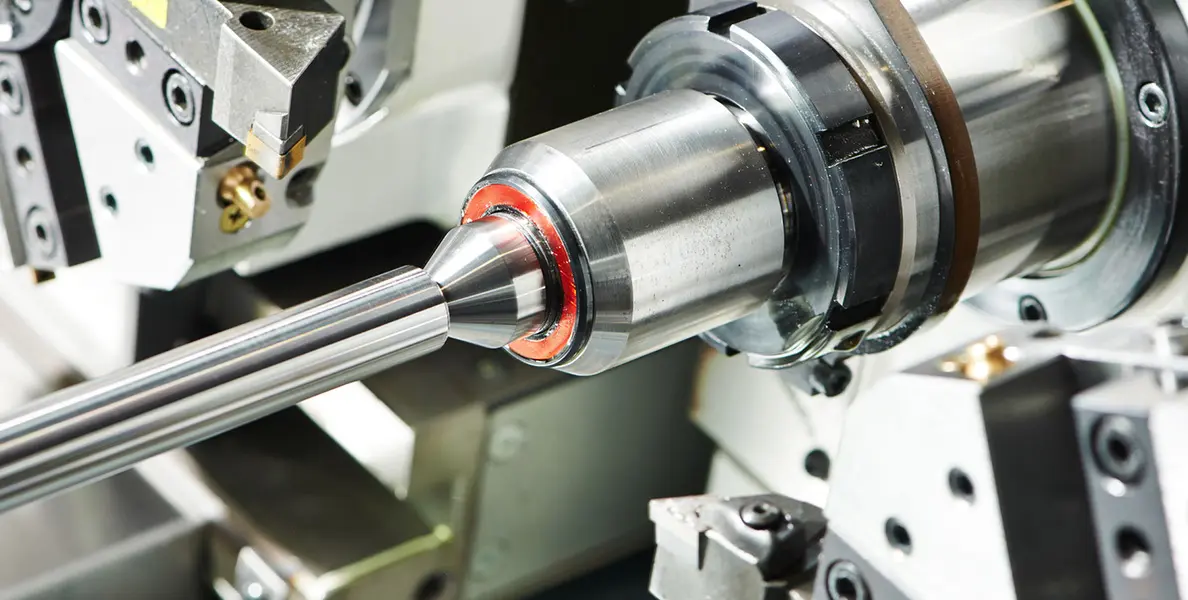
In conclusion, turning is a manufacturing process that plays a key role in manufacturing.
This technology involves a variety of materials and equipment and can also be subdivided into a variety of processing techniques. It has great advantages in cost-effectiveness and mass production with complex shapes and simultaneously has obvious limitations in initial investment costs and small batch production.
Turning is commonly used in the automotive, aerospace, and medical industries where precision components are required for applications such as engine parts, aircraft components, and medical devices.
We are pretty sure that turning can achieve higher achievements and promote the development of manufacturing in the future.
XMAKE and CNC Machining
CNC machining is one of XMAKE’s main businesses. As a leading manufacturing platform established for many years, we can use advanced CNC machining technologies and equipment (like 5-axis) to produce parts with customization service, and high cost-effectiveness.
We prepared many other articles and videos for you if you want to learn more about CNC turning. Also, If our esteemed readers have any possible needs in CNC machining services or CNC technologies, please contact XMAKE. Trust me, you’ll never regret this decision.
Frequently Asked Questions
1. What is the difference between CNC turning and CNC milling?
The main difference between CNC milling and turning lies in the machining process. Turning rotates the workpiece while the cutting tool moves in a linear motion. In CNC milling services, the cutting tool is fed in and rotates while the workpiece remains stationary in the CNC milling machine.
2. Can turning and milling be used together?
Yes, the combination of CNC milling and turning is called turn-mill.
3. What are the main components of a CNC turning center?
A CNC turning center typically consists of a lathe machine, a tool turret, a spindle, a chuck, and a CNC control panel. The horizontal CNC turning machine and vertical CNC turning machine are two common types of turning machines.
4. What materials are often used in turning?
Turning can be used with a wide range of materials, including metals such as aluminum, steel, brass, and titanium, as well as plastics and composites. The choice of material for CNC depends on the specific requirements of the project.
References
- Leo, G. (2022, July 7). What is CNC Turning? Everything you need to know about CNC Turning. Aria | Online Manufacturing for On-Demand Custom Services. https://www.madearia.com/zh-CN/blog/what-is-cnc-turning-everything-you-need-to-know-about-cnc-turning/
-
Max. (2024, January 15). Master CNC turning: process, operation, tools, advantages, and applications. Proleantech | Custom Parts On-Demand Manufacturing. https://proleantech.com/zh-CN/mastering-the-cnc-turning/


